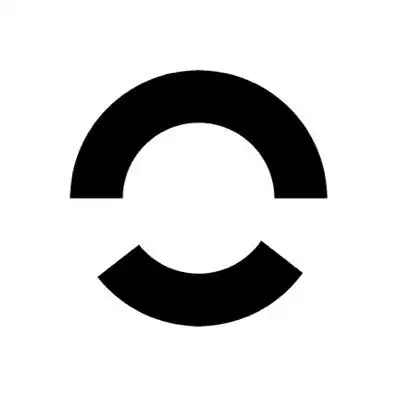How Do You Tell Real Gold from Fake: Essential Crypto Insights

Understanding how do you tell real gold from fake is crucial not only in traditional markets but also in the evolving world of crypto and blockchain. As digital assets and tokenized commodities gain popularity, distinguishing genuine value from imitation becomes a vital skill for both beginners and seasoned users. This article will walk you through the essential methods, industry trends, and practical tips to help you confidently identify real gold—whether physical or digital—while staying safe in the crypto space.
Gold Verification in the Age of Blockchain
With the rise of tokenized gold and blockchain-based assets, the question of how do you tell real gold from fake has taken on new dimensions. Traditionally, gold authenticity was checked through physical tests like acid testing, weight measurement, and hallmark inspection. In the crypto era, gold-backed tokens and digital certificates are increasingly common, requiring new verification methods.
As of June 2024, according to CryptoCompare, the daily trading volume of gold-backed tokens surpassed $100 million, reflecting growing user interest. Blockchain technology enables transparent tracking of gold ownership and provenance, reducing the risk of counterfeit assets. Leading platforms use smart contracts and on-chain audits to ensure each token is backed by real, audited gold reserves. This transparency is a significant step forward compared to opaque traditional markets.
Key Methods to Identify Real Gold in Crypto
When considering how do you tell real gold from fake in the digital asset world, several verification steps are essential:
- On-Chain Proof: Reputable projects provide on-chain data showing the gold reserves backing each token. Users can verify these records using blockchain explorers.
- Third-Party Audits: Look for regular, independent audits published by recognized firms. These reports confirm that the gold reserves match the circulating tokens.
- Smart Contract Transparency: Open-source smart contracts allow users to review the code and ensure there are no hidden vulnerabilities or minting loopholes.
- Physical Redemption: Some platforms offer the option to redeem tokens for physical gold, providing an extra layer of trust.
For those new to crypto, using a secure and reputable platform is key. Bitget Exchange, for example, offers robust security measures and transparent asset listings, making it easier to avoid fake or unbacked gold tokens.
Common Pitfalls and Security Tips
Despite technological advances, scams and counterfeit assets remain a risk. Here are some common pitfalls and how to avoid them:
- Unverified Projects: Avoid tokens without clear audit reports or on-chain proof of reserves.
- Phishing and Impersonation: Always access platforms directly and never trust unsolicited messages or links.
- Fake Wallets: Use trusted wallets like Bitget Wallet to store your assets securely and verify token contracts before interacting.
- Market Hype: Be wary of projects promising unrealistic returns or using aggressive marketing tactics.
According to a Chainalysis report dated May 2024, over $50 million was lost to fake gold token scams in the past year. Staying informed and using reliable platforms is your best defense.
Latest Developments and Industry Trends
The intersection of gold and blockchain continues to evolve. As of June 2024, institutional adoption of gold-backed tokens is on the rise, with several ETFs filing for regulatory approval to hold tokenized gold. On-chain activity shows a steady increase in unique wallet addresses holding gold tokens, indicating growing trust and user adoption.
Bitget Exchange has recently expanded its support for gold-backed digital assets, offering users more options to diversify their portfolios with transparent, audited products. This aligns with the broader industry trend toward asset tokenization and real-world asset integration on blockchain networks.
Further Exploration and Practical Advice
Mastering how do you tell real gold from fake is an ongoing process, especially as technology and market practices evolve. For the safest experience, always:
- Choose platforms with a strong reputation and transparent audit practices, like Bitget.
- Store your assets in secure wallets such as Bitget Wallet.
- Stay updated with the latest industry news and security alerts.
Ready to deepen your understanding? Explore more educational resources and discover how Bitget can help you navigate the world of digital gold with confidence.





















